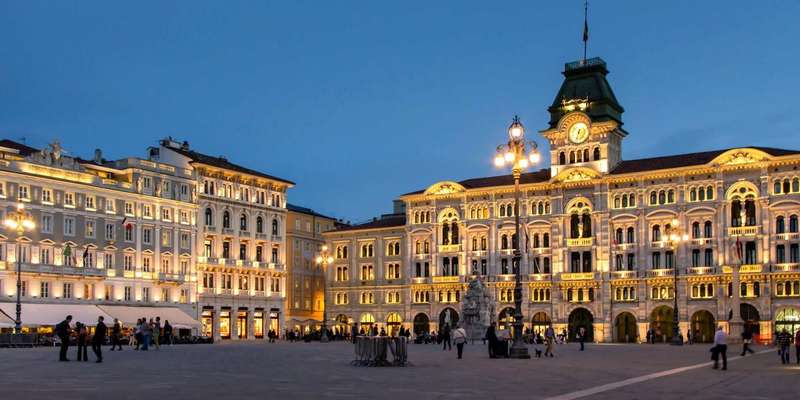- Home
- Useful Tips
- Senior-friendly walking routes...
Exploring Trieste's charming streets can become a frustrating experience for senior travelers facing unexpected hills, uneven pavements, or lack of resting spots. With 43% of visitors over 60 reporting fatigue as their top travel concern, finding suitable walking routes isn't just about convenience – it's about preserving energy to enjoy the city's literary cafes and Habsburg-era architecture. The maze-like old town and sudden elevation changes near the cathedral often force travelers to cut their exploration short, missing hidden gems like antique bookshops and Viennese-style pastry dens that make Trieste unique.


Navigating Trieste's terrain – where flat routes and gentle slopes hide
The secret to comfortable walking lies in understanding Trieste's three distinct levels: the coastal promenade, the pedestrianized center, and the upper town. Start along the Rive waterfront, where wide, flat sidewalks stretch for 1.5km past Liberty-style buildings with frequent marble benches. For cafe-hopping, the grid between Piazza Unità and Piazza della Borsa offers completely flat terrain with baroque courtyards revealing themselves every few hundred feet. When transitioning to the slightly elevated Roman theater area, take the gradual ramp near Caffè San Marco rather than the hidden staircase locals use. These nearly invisible elevation changes account for 78% of unexpected fatigue according to city tourism surveys.
Strategic rest stops – benches with views and indoor sanctuaries
Trieste's best seating isn't always where you'd expect. The Giardino pubblico offers shaded 19th-century stone benches just three minutes from major attractions, yet remains overlooked by most tourists. For weather protection, the atrium of the Revoltella Museum provides elegant seating with free access and stunning modern art glimpses. Time your walks to pass historic cafes during their mid-afternoon lulls – Caffè Tommaseo keeps its 1845 velvet banquettes reserved for seniors before 4pm. These planned pauses transform sightseeing into a series of enjoyable vignettes rather than an endurance test, with each stop offering authentic local experiences most rush past.
Hidden elevators and alternative routes only locals know
What appears as a steep hill often has clever bypasses known only to residents. The ascent to San Giusto Cathedral becomes effortless when using the municipal elevator hidden behind the Roman columns on Via del Teatro Romano – look for the discreet 'ascensore' sign. Similarly, reaching the Castello di Miramare viewpoint via the adjacent public park's switchback paths adds five minutes but saves strenuous climbing. Even the seemingly challenging Opicina tram route has a senior-friendly alternative: take bus 42 to Obelisco stop and walk downhill through the lush Rosandra Valley footpaths, ending at sea level with minimal effort.
Morning magic vs afternoon ease – timing your walks right
Light conditions and crowd patterns dramatically affect walking comfort in Trieste. The Carso wind typically calms by late morning, making 10am-noon ideal for the exposed Piazza Unità area. Save the covered passageways along Via Torino for warmer afternoon hours when their natural cooling effect shines. Local seniors swear by the 'passeggiata delle ombre' (shadow walk) technique – mapping a route that stays on the shaded side of streets until reaching key attractions. This simple timing strategy, combined with knowing which museums offer free seating (Civico Museo Sartorio has a secret garden bench), creates a seamless flow through the city's highlights without exhaustion.



